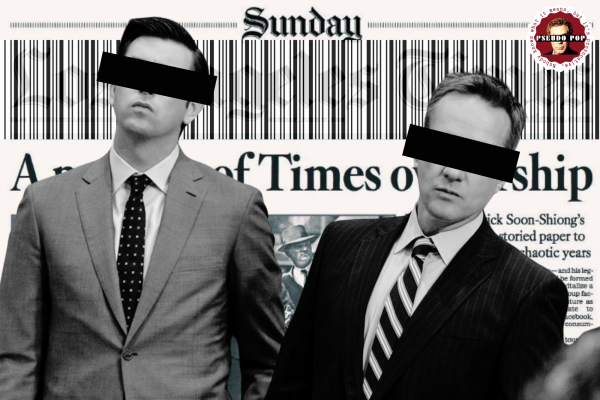Why Doesn’t the U.S. love Formula 1?
Americans are missing out on one of the most powerful sports around
The fact that Americans have difficulty accepting Formula 1 as being one of the largest sports on the planet really grinds my gears like a bad gearbox. Formula 1 is the most successful motorsport worldwide, and is considered to be the largest traveling circus around.
Notable companies endeavor to sponsor the most elite drivers and their racing teams who compete in 23 races across 20 different countries. F1 is also one of the top-10 earning sports leagues in the world. So why don’t Americans find it more interesting?
Perhaps it is because the sport is very Eurocentric. Fifteen of the 20 drivers in F1 come from countries all over Europe. The last time an American won a race was when Jimmy Carter was president. Having a driver from the U.S. would generate a sincere increase in the interest towards F1.
This has already been seen in Euro league soccer. Christian Pulsic, an American soccer player, who plays for Chelsea FC is a perfect example. When he signed with Chelsea, the American viewership of Euro league soccer had skyrocketed. U.S. audiences need a driver that they can align themselves with, and give them an opportunity to feel like they’re right there on the track as well.
Another issue that F1 is having in the popularity department is that many are unaware that one of the most state of the art tracks in the world is right here in the U.S. Since it is in the middle of nowhere in the heart of Texas, the turnout for the races tend to be a bit on the light side.
No matter how good the track is, an inconvenient location is going to affect how many people will make the effort to attend a race. F1 has recently announced that they are going to be adding another race to their schedule next season which will have the drivers competing on the streets of Miami; but that might not be enough to capture the eyes and ears of our country’s sports fans.
Back in the 1990’s, there would be four to six races a year in the United States. If F1 would just add another race in a city like Los Angeles, that could pave the way for tapping back into a major market and spark interest through many forms of media.
A major contributor to the lack of interest could be due to the fact that there is no true American team. Sure, there is the Haas F1 team, but they are backed by Ferrari and are sponsored by a Russian fertilizer company. Unfortunately there is no F1 team that is stationed here in the United States.
If a car manufacturer like Ford, General Motors, or Dodge Chrysler were to enter F1 with their own team, it could gain some intrigue from the nation. In past years, many car manufacturers would invest quite a bit into racing teams who would then become a great source of advertising.
This concept is called “Win on Sunday, Sell on Monday.” This model is still seen to this day throughout the realm of motorsports. Any marketing department will tell you that this method works like a charm. A fine example of a company doing it right is Mercedes Benz. During a rebrand of the company, they reentered F1 in 2014 which inevitably increased their sales from the previous year going from 1.43 million units to 1.74 million units.
The potential for the U.S. to be a strong market for Formula 1 is still alive, but if we want to inject some nitrous into the engine there needs to be some major upgrades done to their game plan.














Tommy • Sep 20, 2021 at 11:09 pm
Wonderful article Diego. Very well written and informative.
Cristina Castro • Sep 20, 2021 at 9:52 pm
Great article!! I hope we get a race team in the US. Races would be more exciting to Americans if there was a team. Good read!!